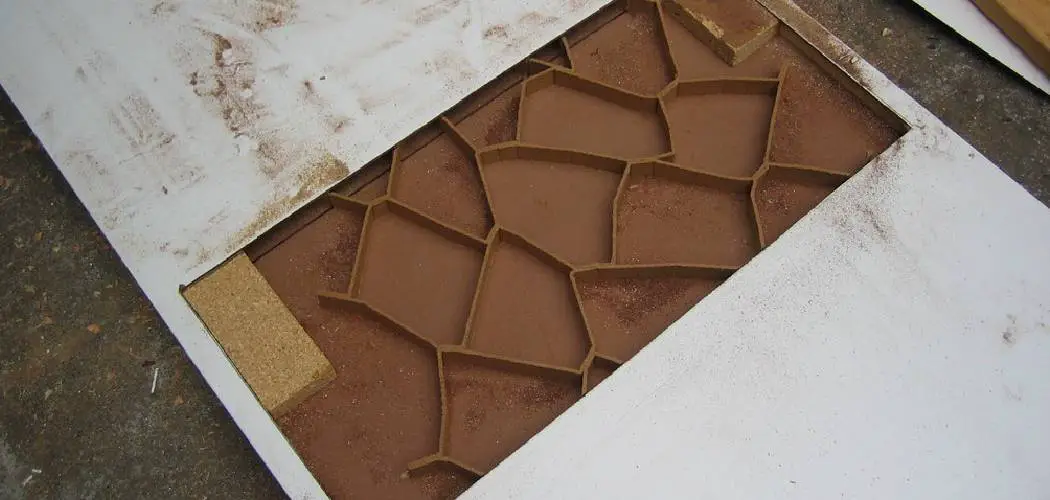Are you looking for a way to soundproof your door? If so, you’re in luck because in this blog post, we will be discussing the best methods for how to soundproof a hollow door. So whether you are looking to block out sound from a party next door or want to improve the sound quality of your home studio, we have the solution for you!
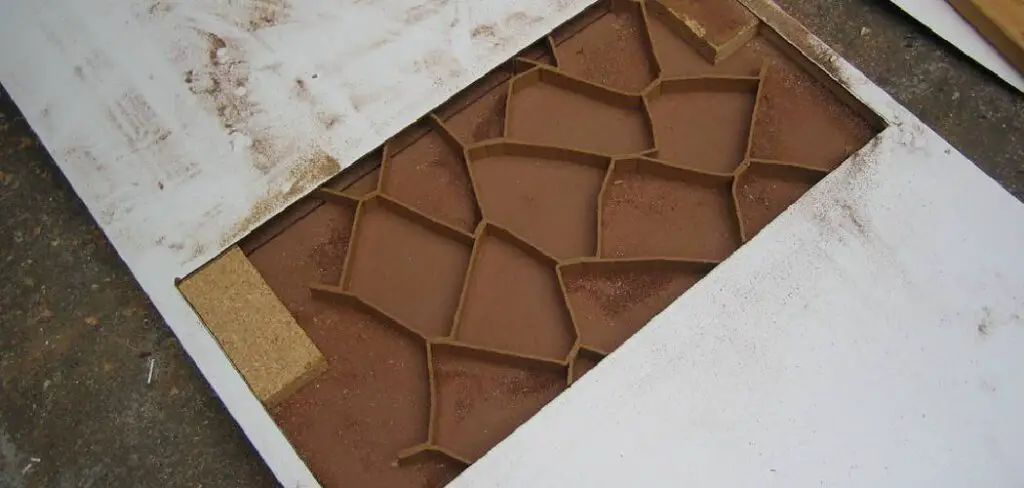
The problem with hollow doors is that they are not very well insulated and let a lot of sounds through. This can be a major issue if you are trying to keep noise out or need to keep sound in. However, this can be done relatively inexpensively and with minimal effort. So read on and learn how to soundproof your hollow door properly.
Why You Should Soundproof a Hollow Door?
There are many reasons why you might want to soundproof a hollow door. For example, perhaps you live in an apartment, and your neighbor’s party is keeping you up all night. Maybe you work from home and need to reduce the noise coming from outside so you can concentrate on your work. Or perhaps you have a home studio and need to improve the sound quality of your recordings.
Whatever the reason, you can do a few things to soundproof a hollow door and improve the acoustics in your home or office. Soundproofing your hollow door helps create a more peaceful and quiet environment in your home or office. It can also improve the quality of your recordings if you’re a musician or audio engineer. When it comes to recording music, even the smallest amount of noise can cause problems, so it’s important to reduce as much noise as possible.
10 Effective Ways on How to Soundproof a Hollow Door
There are several ways to soundproof a hollow door, but some methods are more effective than others. Here are some of the most effective ways to soundproof a hollow door:
1. Use Door Seals
Door seals are an effective way to reduce the amount of noise that comes through a door. They are easy to install and relatively inexpensive. You can find door seals at most hardware stores or online. When sealing your doors, seal the gaps around the door frame and the door itself. If your door has a gap at the bottom, you may want to consider using a door sweep.
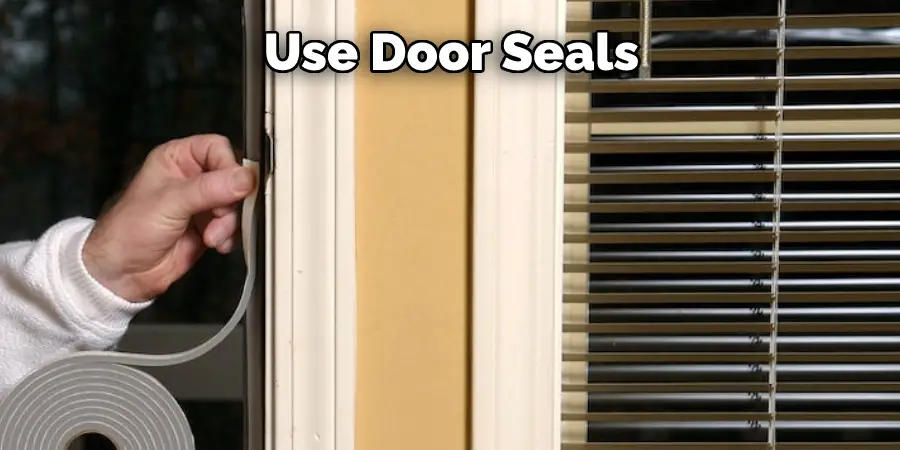
2. Add mass to the door
Adding mass to a door is one of the most effective ways to soundproof it. This can be done by adding a layer of drywall or fiberboard to the door. You can also use acoustic panels or soundproofing foam. These materials will help to absorb sound and reduce the amount of noise that comes through the door.
3. Use Soundproof Curtains
Soundproof curtains are a great way to reduce the amount of noise that comes through a door. They can be hung on the inside of the door or on the outside. Soundproof curtains are available in a variety of colors and styles. When choosing soundproof curtains, be sure to select ones that are thick and made from dense materials.
4. Install a Door Sweep
A door sweep is a strip of material installed at the bottom of a door. It helps to block out drafts and noise. Door sweeps are relatively easy to install and are relatively inexpensive. Using door sweeps also has the added benefit of helping to keep your home more energy efficient. If you want to install door sweeps on your doors, you may want to consider doing so during the winter when energy costs are typically higher.
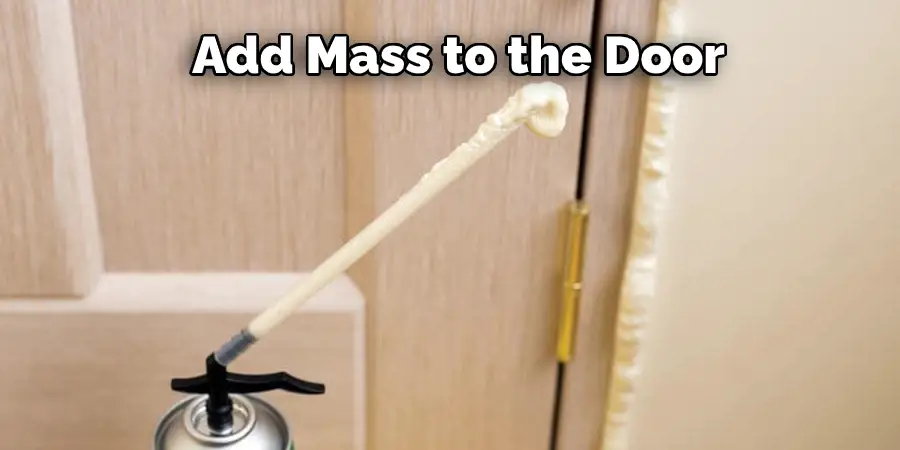
5. Place a Thick Rug in Front of the Door
Placing a thick rug in front of a door can help to reduce the amount of noise that comes through. Rugs help to absorb sound and prevent it from echoing. When choosing a rug, be sure to select one that is made from dense materials. Placing a rug on the inside of a door can also help to muffle noise. If your door is located in a high-traffic area, consider placing a rug on both sides of the door.
6. Install a Draft Stopper:
A draft stopper is a device that helps to block out drafts and noise. Draft stoppers are available in a variety of sizes and shapes. They can be placed at the bottom of a door or on the sides. Draft stoppers are relatively easy to install and are relatively inexpensive. If you want to install draft stoppers on your doors, you may want to consider doing so during the winter, when energy costs are typically higher.
7. Use Soundproofing Tape:
Soundproofing tape is a great way to seal gaps and cracks around doors and windows. Soundproofing tape is available in a variety of widths and lengths. When using soundproofing tape, apply it to clean and dry surfaces. Soundproofing tape is relatively easy to install and is relatively inexpensive.
8. Install a Door Threshold:
A door threshold is a strip of material installed at the bottom of a door. It helps to block out drafts and noise. Door thresholds are available in various materials, including wood, metal, and plastic. When installing a door threshold, make sure to use screws that are long enough to penetrate the full thickness of the door. If you have a door that is located in a high-traffic area, you may want to consider using a heavier-duty door threshold.
9. Attaching Soundproofing Panels:
Soundproofing panels are a great way to reduce the amount of noise that comes through a door. Installing a soundproofing panel on the inside of a door can help to muffle noise. Soundproofing panels are available in a variety of colors and styles. When choosing soundproofing panels, be sure to select ones that are thick and made from dense materials. As hollow doors are thin, selecting soundproofing panels that are at least 1 inch thick is important.
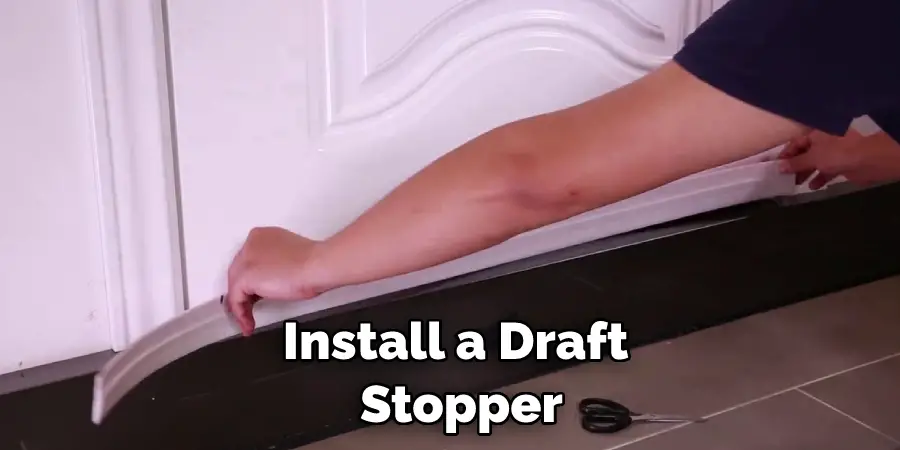
10. Adding Foam Insulation:
Foam insulation is a great way to reduce the noise that comes through a door. Foam insulation helps to block out drafts and noise. Foam insulation is available in a variety of colors and styles. When choosing foam insulation, be sure to select ones that are thick and made from dense materials. Thicker foam insulation will be more effective in reducing noise. In addition, be sure to select a color that will complement the door.
Additional Tips and Advice
Here we have given additional tips on how to soundproof a hollow door.
- If you have a door that leads to the outside, make sure to weather-strip it.
- Use rugs or mats both inside and outside the door to reduce noise.
- Install a door sweep on the bottom of the door.
- Add acoustic panels to the door to further reduce noise.
- Hang curtains over the door to help absorb sound.
- Use noise-canceling window treatments on any windows near the door.
- Make sure any gaps or cracks around the door are sealed.
- Consider adding a second layer of drywall to the door if noise is still an issue.
Are Solid Doors More Soundproof?
It is a common misconception that solid doors are automatically more soundproof than hollow doors. Unfortunately, this is not always the case! Either type of door can be effectively soundproofed with the right materials and methods. Hollow doors are usually made of two thin layers of wood with a space in between, while solid doors are usually made of a single piece of wood or another solid material.
One advantage of solid doors over hollow doors is that they can easily seal tightly. This is because sound cannot travel through spaces or gaps. However, this does not mean that hollow doors cannot be effectively sealed! There are many ways to soundproof a hollow door so that it is just as effective as a solid door at blocking noise.
Is it Possible to Fill a Hollow Door With Foam?
It is possible to fill a hollow door with foam, but it is not recommended. This is because the foam will not adhere to the door and will eventually fall out. In addition, the foam will not completely block out noise. For the best results, it is best to use a solid door. If you must use a hollow door, the best way to soundproof it is to use a door sweep.
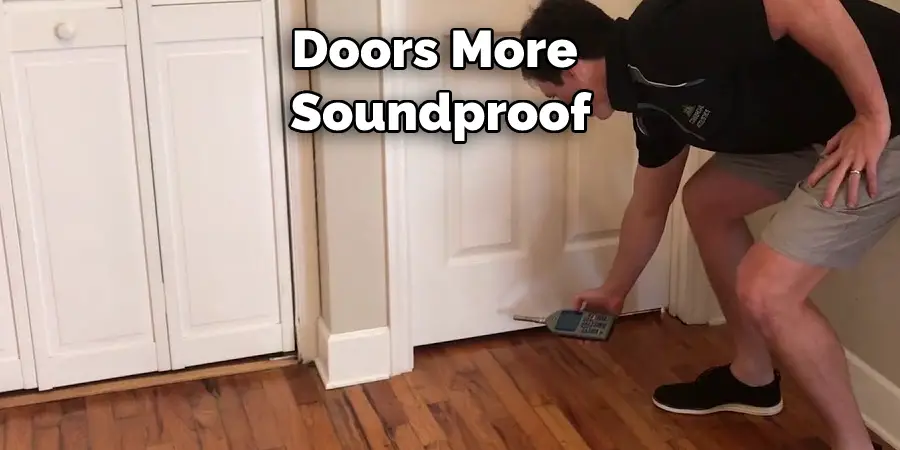
A door sweep is a strip of material that fits over the bottom of the door. It has a lip that presses against the floor, creating a seal. Door sweeps are available at most hardware stores. Another option for soundproofing a hollow door is to use acoustic sealant. Acoustic sealant is a sticky substance that you apply to the door. It dries to form a barrier that helps to block out noise.
Conclusion
In conclusion, there are a few ways that you can soundproof your hollow door. Using acoustic foam or hanging blankets is the way to go if you want to do it on a budget. However, investing in a door sweep and adding mass to the door will be more effective if you have a little more money to spend.
Whichever method you choose, make sure to seal all of the cracks around the doorframe for best results. We hope this post was helpful in guiding you on how to soundproof a hollow door. Have you tried any of these methods to soundproof your hollow door? Let us know in the comments!

